 The driver/guide from Cirtur picked us up early for tour number 5. We went by car to our first stop, the Sempre-Viva Project and the Tiburtino Waterfall. Before visiting the Museum, we walked down towards the waterfalls. The path was narrow, stony and surrounded by fauna and flora characteristic of the region, especially the cactus and orchids. On the way, we dropped by to know a typical house of gold prospectors, their tools and materials used in diamond and gold mining. After about thirty minutes of the track, we are rewarded with a large waterfall in front of us. The river descends through the rocky terrain accompanying a high slope, forming at the end several waterfalls. The water was cold because of the season of the year and had a reddish hue but was quite relaxing. We were diving and massaging the back, taking advantage of the force of the water…
The driver/guide from Cirtur picked us up early for tour number 5. We went by car to our first stop, the Sempre-Viva Project and the Tiburtino Waterfall. Before visiting the Museum, we walked down towards the waterfalls. The path was narrow, stony and surrounded by fauna and flora characteristic of the region, especially the cactus and orchids. On the way, we dropped by to know a typical house of gold prospectors, their tools and materials used in diamond and gold mining. After about thirty minutes of the track, we are rewarded with a large waterfall in front of us. The river descends through the rocky terrain accompanying a high slope, forming at the end several waterfalls. The water was cold because of the season of the year and had a reddish hue but was quite relaxing. We were diving and massaging the back, taking advantage of the force of the water…
After the waterfall bath we went back to Sempre-Viva Project Museum. The collection was composed of species of fauna and flora of the region, although they have enough insects and orchids, as well as ornamental rocks and fossils of prehistoric animals. Among various species of plants, one in particular, the Sempre-Viva, has great market value, as to get to cost 200 reais the bouquet. We also met the mucugê fruit – that name one of the most known cities of the region. From the museum, we leave for our next stop, the city of Mucugê.
Chapada Diamantina 360º – 2018 from Karla Brunet on Vimeo.
The roads of the region were in good condition and with little traffic, so we arrived in a few minutes. Mucugê is a small and charming city, we hardly could see people walking down the streets. It has typical colonial style with church and mansions and cobblestone streets. In the past, it even housed a French consulate, an importer of diamonds and gold from the region. We crossed the town and headed straight for the biggest tourist attraction, the Byzantine Cemetery, which is jammed at the foot of a mountain on the other side of the city along the banks of the BA-142 highway. The cemetery was built on the rocks in 1855 and houses dozens of tombstones and mausoleums with their own characteristics, that despite the name, make mention of Catholic temples. At night, spotlights color the cemetery in blue.
 We continued the tour towards the most awaited attraction, the Poço Azul, a cave famous for the natural pool with blue-looking waters. We headed towards the municipality of Nova Redenção and we take a mud road to the place where the cave is. During the course, you could see numerous beautiful and grandiose trees that made up the landscape – the aroeira, typical of the region.
We continued the tour towards the most awaited attraction, the Poço Azul, a cave famous for the natural pool with blue-looking waters. We headed towards the municipality of Nova Redenção and we take a mud road to the place where the cave is. During the course, you could see numerous beautiful and grandiose trees that made up the landscape – the aroeira, typical of the region.
By the time we arrived at the place, there were several people waiting for the turn to enter the cave. We took our tickets and get ready to go down. First, we had to take a shower in the showers installed outside; it was also forbidden to use sunscreen or shampoos to not contaminate the water. We received lifejackets (required item) and diving goggles and headed towards the cave with our group of people. The path was narrow and difficult to reach, but it had a railing made of ropes to support. As soon as we arrived, we received instructions from the guides and staff and then set out to dive. The water was calm and cool. We dived in the exact time when a beam of sunlight came through an opening in the roof of the cave forming a turquoise-blue look into the crystal clear waters. We floated by the natural pool enjoying the rock formations of the ceiling and the bottom, but it was not possible to find species of fish or prawns of the region. After the swim in the Poço Azul, we climbed back to the site and went to lunch at the onsite restaurant. We eat typical dishes of Chapada Diamantina cuisine, such as the green papaya stew and local fruits.
After lunch, at the end of the afternoon we take BA 142 road again towards Lençóis where we were staying. In the middle of the way, it was still possible to pull over at the side of the road to buy from a local lady, a typical fruit of the region, wild passion fruit, smaller and sweeter than the common yellow passion fruit we know, and which yielded a few days later a delicious passion fruit mousse…
[Text by Marcelo Conde/Photos and video by Karla Brunet]
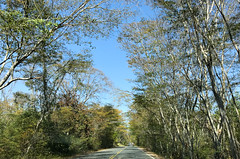
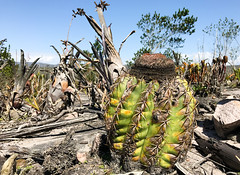
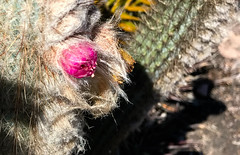
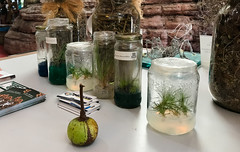
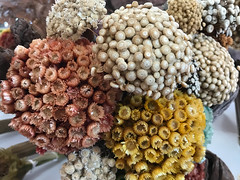

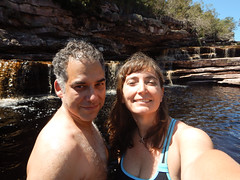

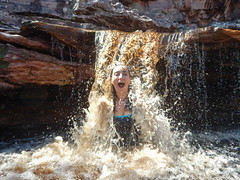
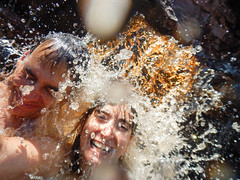
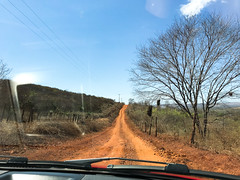
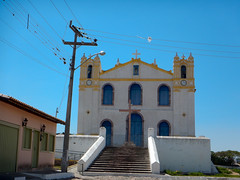
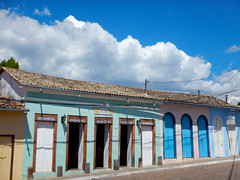
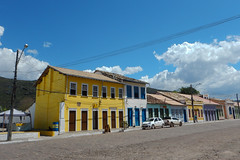
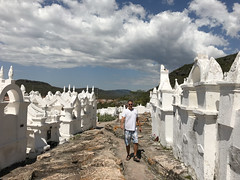
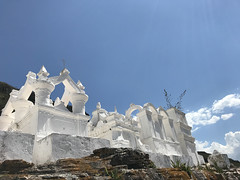
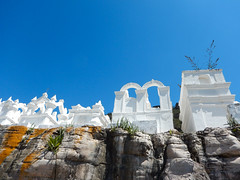
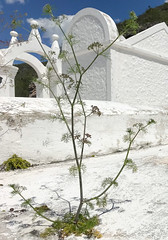
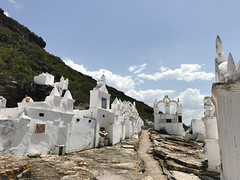


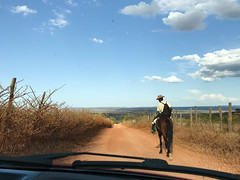
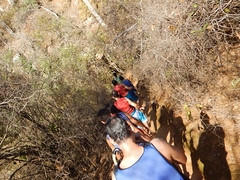
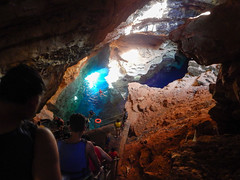
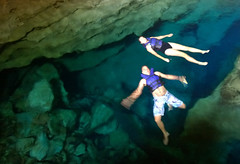
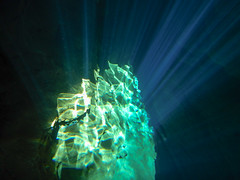
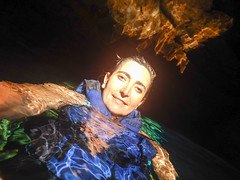
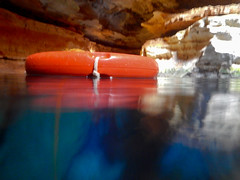


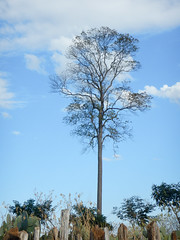
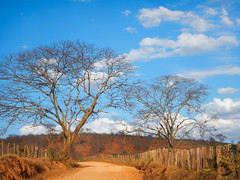


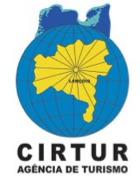
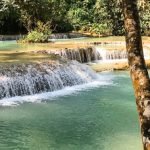



Social Profiles